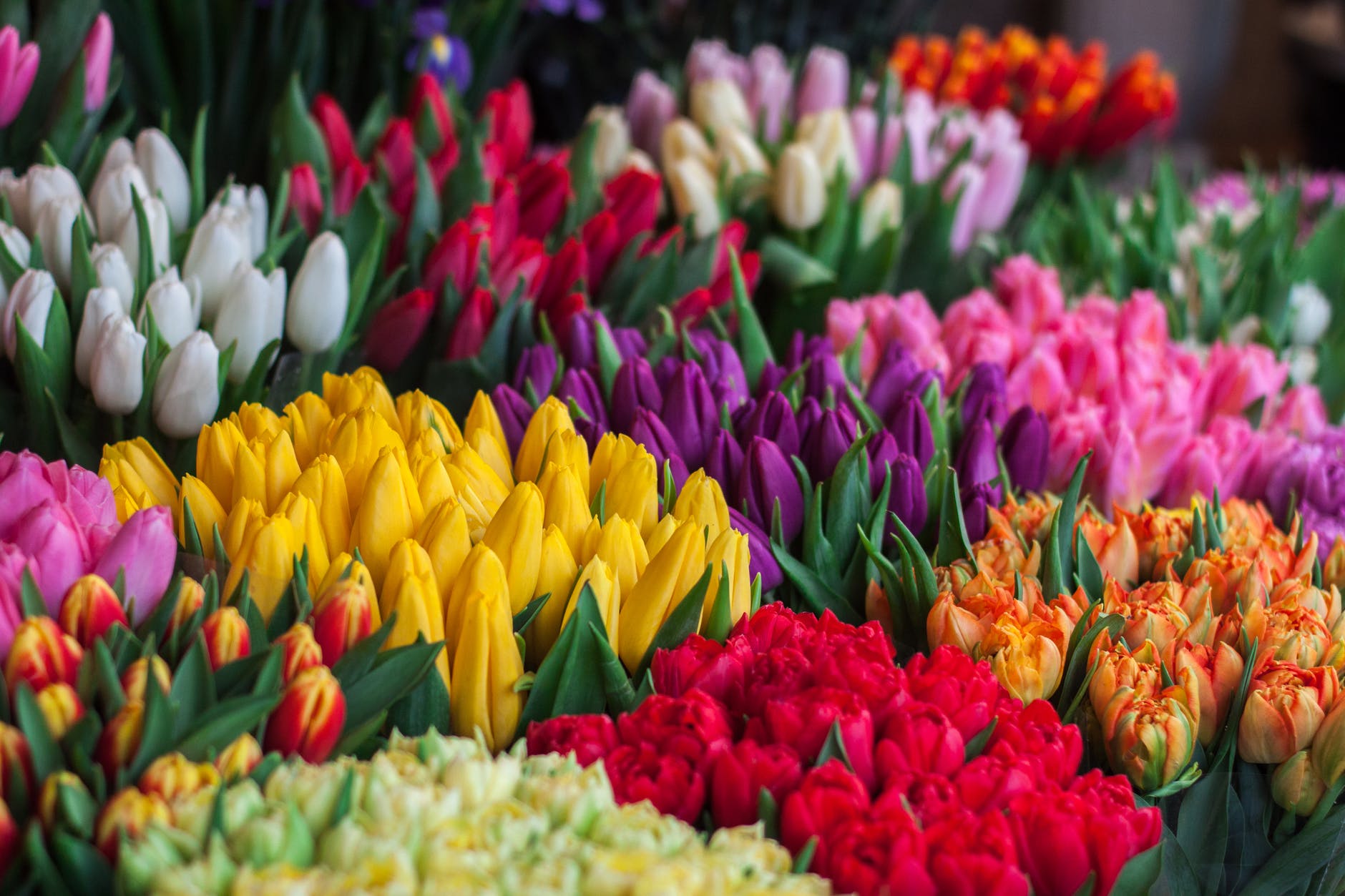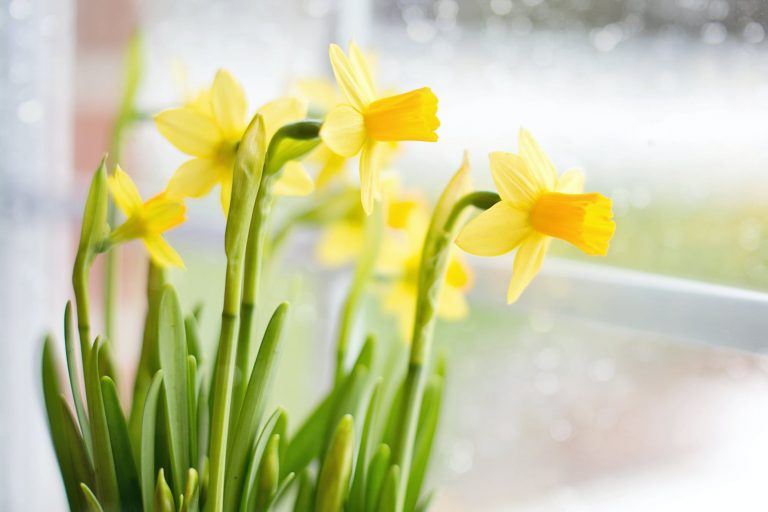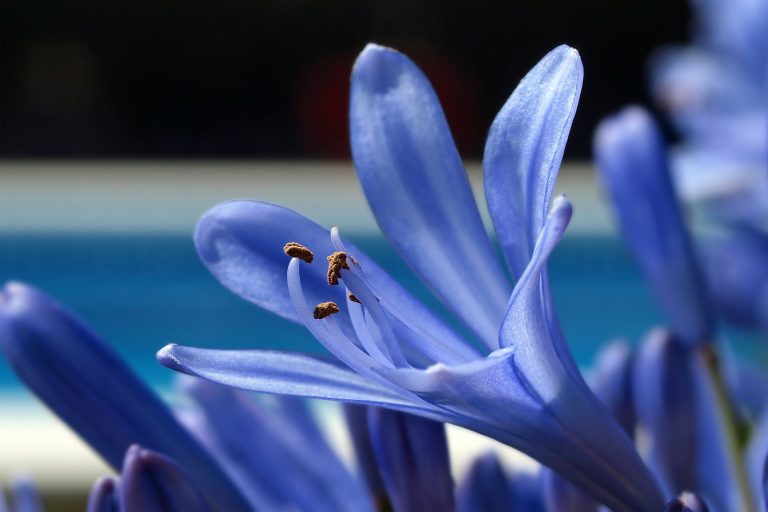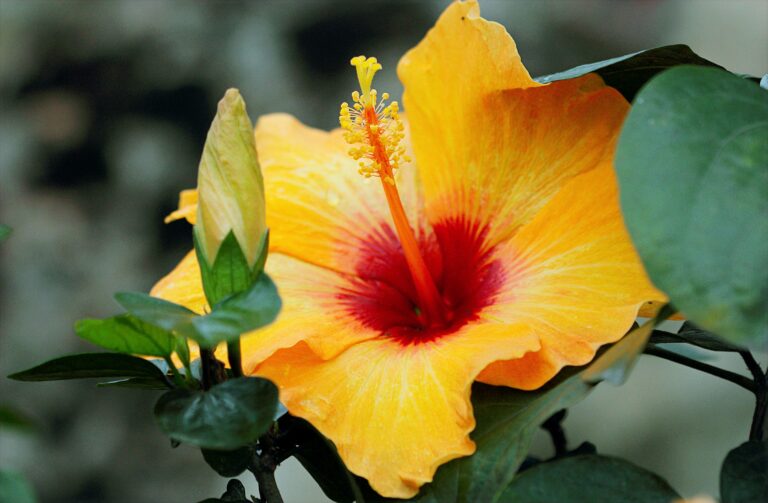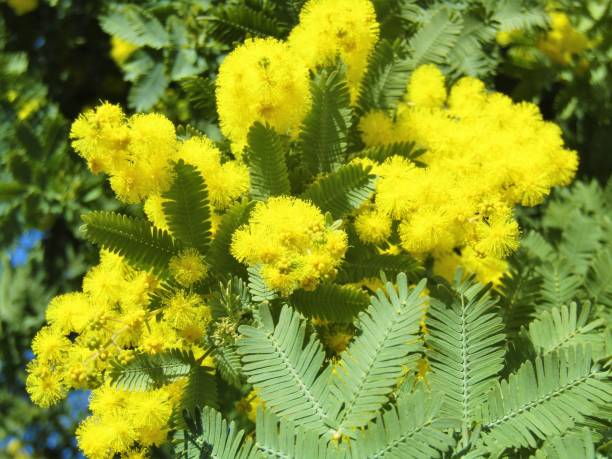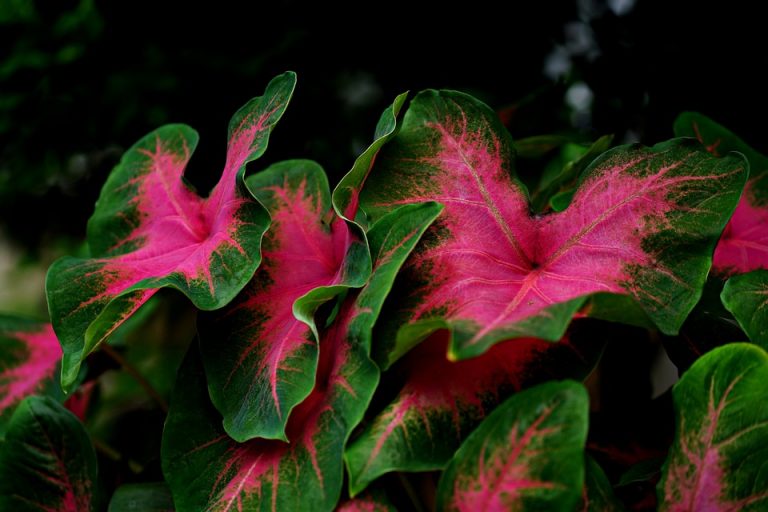How to Grow and Care for Tulips?
About Tulips
Tulips (Tulipa) form a genus of spring-blooming perennial herbaceous bulbiferous geophytes (having bulbs as storage organs). The flowers are usually large, showy, and brightly colored, generally red, pink, yellow, or white (usually in warm colors). Most cultivars are derived from hybridization between Tulipa suaveolens and Tulipa gesneriana.
Tulips are native to mountainous areas with temperate climates and need a period of cool dormancy, known as vernalization. They thrive in climates with long, cool springs and dry summers. A tulip field is one of the iconic images of the Netherlands.
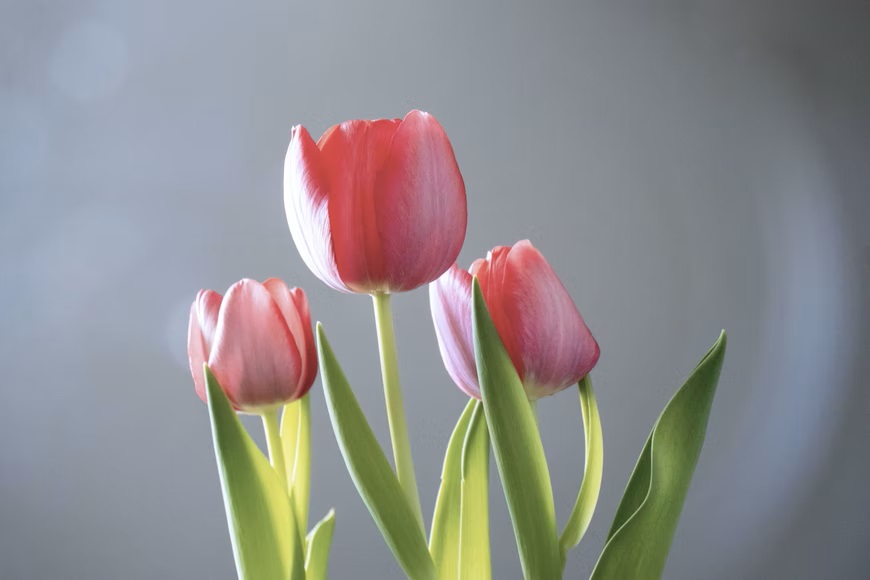
There are about 75 species, and these may be divided into four subgenera. The name “tulip,” which earlier appeared in English as Tulipa or tulip, is thought to be a corruption of the Turkish word for turban, which it may have been thought to resemble. Tulips originally were found in a band stretching from southern Europe to central Asia, but since the seventeenth century has become widely naturalized and cultivated.[citation needed] In their natural state they are adapted to steppes and mountainous areas with temperate climates.
Tulips were a symbol of wealth and power. In fact, in the 1630s, during the height of tulip mania, a Dutch nobleman named Cornelis van Zijll bought a tulip bulb for 40,000 florins—that’s about $3 million in today’s currency. There was a time when people would pay more than their house to own this flower.
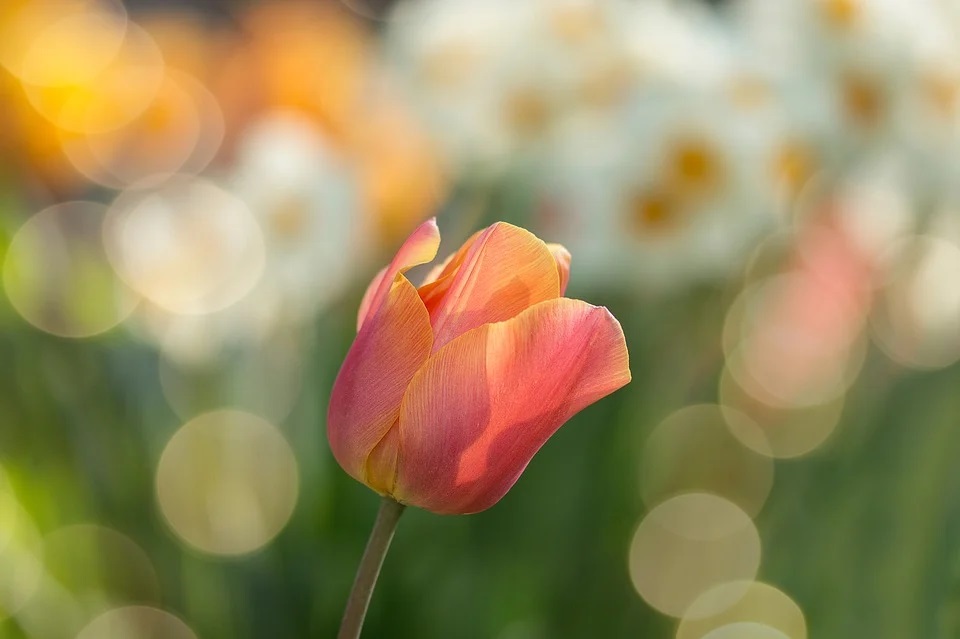
Growing Tulips
Tulips are a gardener’s dream. Each flower is unique, with its colors, patterns, and shapes. Tulip bulbs are inexpensive, easy to plant, and hardy once established. If you’re starting a spring garden or looking for ways to mix up your existing garden, consider adding some tulips.
The first thing to know about tulips is that they need cold weather to bloom. If you live in a warm southern climate (zone 8 or higher), you can still grow tulips successfully as long as you have a cooler winter season. However, if you live in an extremely hot and dry climate (zone 9 or higher), it’s unlikely that you’ll be able to grow tulips well unless you plant them in containers with good drainage and move them indoors during the hottest months of the year.
There are three main types of tulips: single early-blooming, double early-blooming, and late-blooming varieties. Each variety has its advantages, so choose the type that matches your garden best!
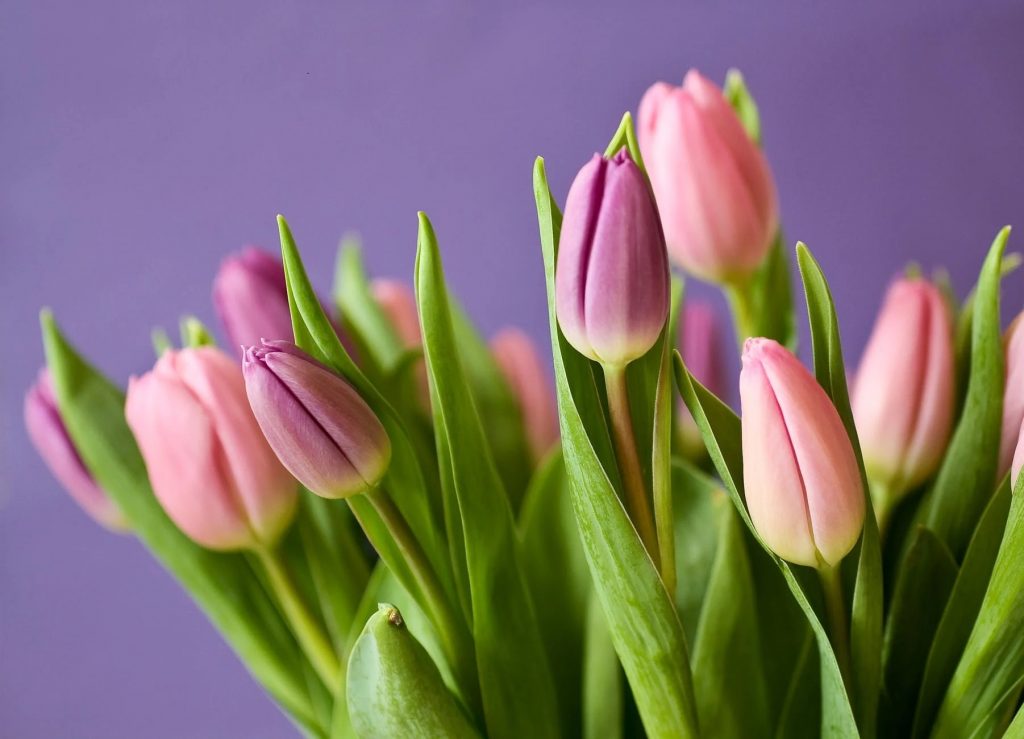
Caring Tulips
Light Requirements
Tulips need six hours of sunlight per day, so place them near a window or under fluorescent lights. You can also use grow lights if you prefer. If you live in a cold climate, consider placing your tulips next to a south-facing window so they can absorb as much sunlight as possible. Tulips will not survive if they don’t get enough light.
Water Requirements
Tulips require well-drained soil that is kept lightly moist at all times. Do not let the soil dry out between waterings, but do not keep it wet either because this may cause root rot. Water your tulip bulbs until water drains from the bottom of the container and never allow water to collect in the saucer under your pot. Indoor tulips also benefit from humidity, so consider using a pebble tray filled with water or place your tulip pots on top of a tray filled with moistened
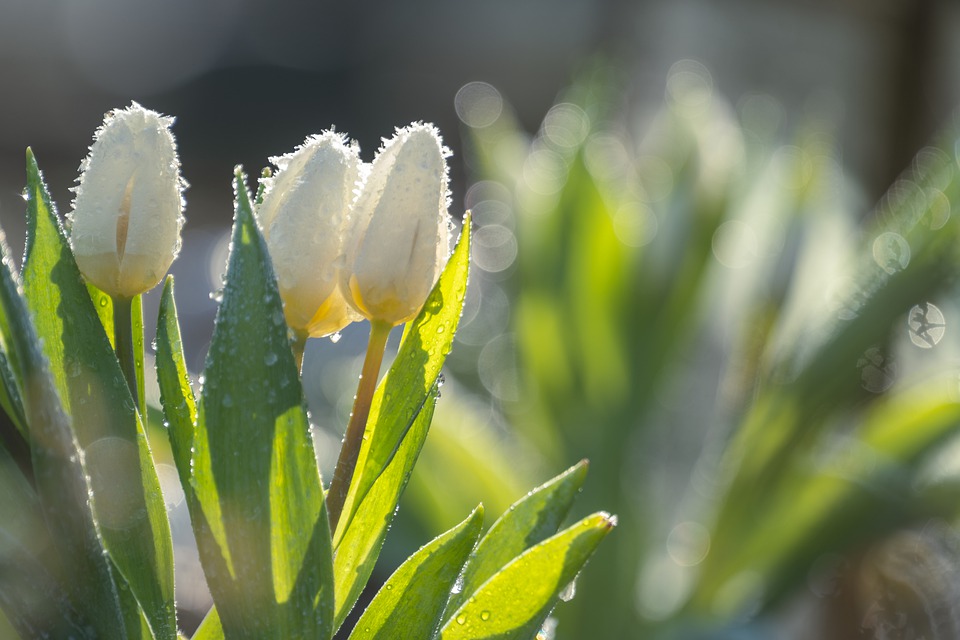
Soil Requirements
Tulips need cool soil to survive. They don’t tolerate heat or drought well. Soil requirements for tulips are not hard to meet, providing there is good drainage and the soil is not heavy clay. Clay should be mixed with compost to improve the growing medium.
Temperature Requirements
Tulips prefer temperatures between 41ºF and 48ºF (5–9ºC) when their foliage is green. When the flowers are fully out, temperatures between 55ºF and 65ºF (13–18ºC) are ideal.
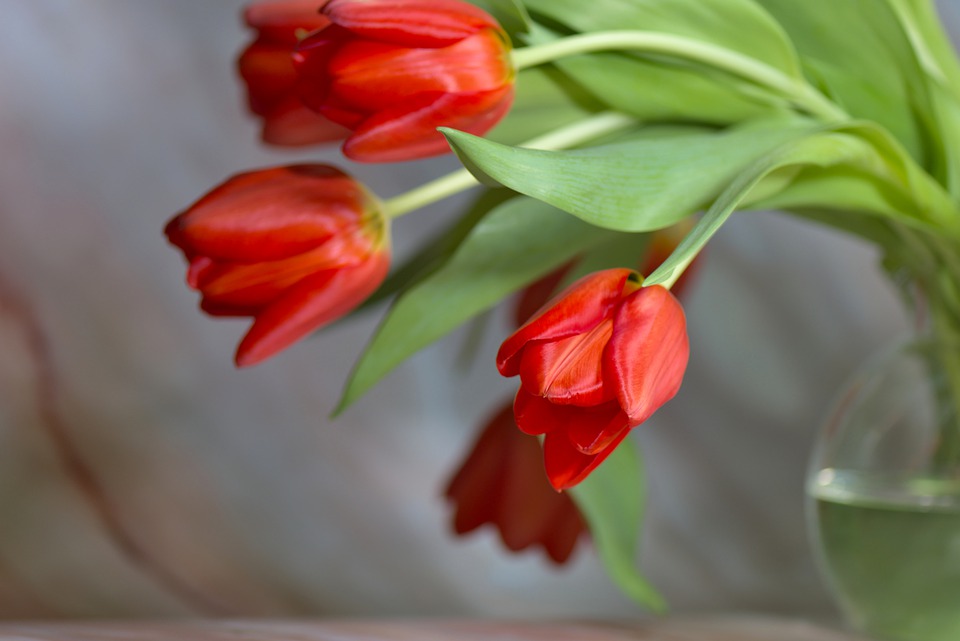
Humidity Requirements
They are very sensitive to high humidity, so if you live in a warm climate, store them in a cool room with good ventilation.
Propagating Tulips
If you want to grow tulips in your garden, you will need to propagate them. Tulip propagation is a process that involves taking the seeds that were produced from the flower and planting them. This is something that you can do on your own and this article will teach you how to propagate tulips.
The first thing that you will need to do is to remove the seed pods from the tulip plant at the end of its growing season. The best time for this is in the fall when the leaves have turned yellow. You will need to let the seed pods dry for a few weeks before you are ready to remove them from the plant.

Once the seeds have dried, you can cut open the seed pod and remove all of the individual seeds from it. You can then place them into a container with sand so that they remain moist until it is time for you to plant them in your garden.
You should wait until spring arrives before planting your tulip bulbs in your garden. Before planting them, you will want to soak them in water for a few hours so that they become moist and make it easier for them to sprout more easily once planted.
Pests of Tulips
Tulips are one of the most popular flowers to grow at home, but they can be vulnerable to pests and diseases. Some infestations can kill an entire crop, while others only affect a single flower. Some common tulip pests can include:
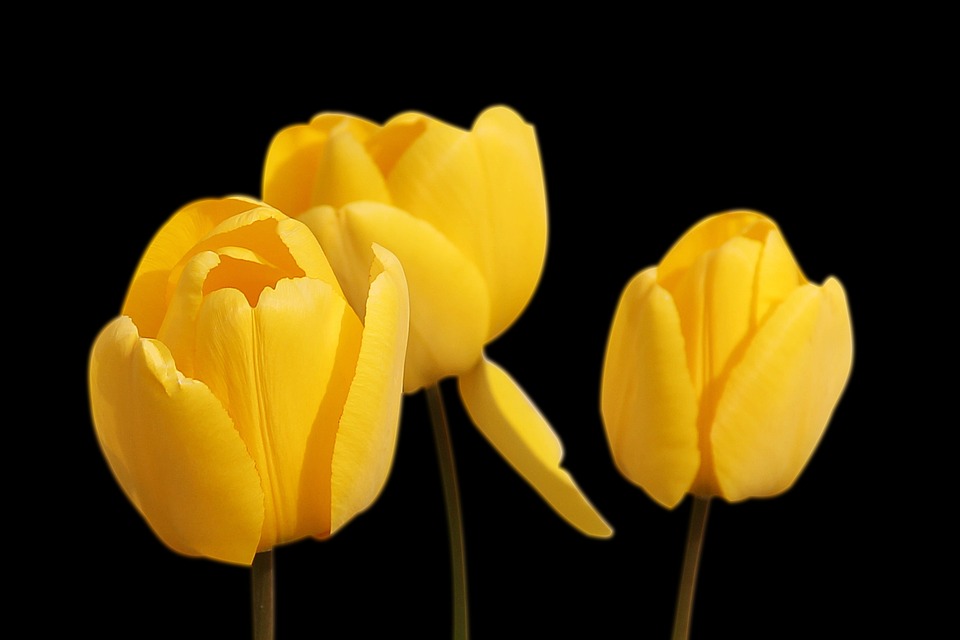
- Aphids
- Whiteflies
- Thrips
- Slugs and snails
- Leafminers
- Bulb mites and nematodes
How to Kill Pests in Your Plant
Learning how to kill the pests in your plant will ensure that your plants will get back their healthy-looking appearance. These two methods are just some of many ways to eliminate these pests in your garden:
1. Pruning
If you notice that only a few parts of your plants have pests, then you can just prune those parts and throw them away. When pruning, you need to remove all the leaves and branches that have been infested by the pests so that they do not spread to the rest of the plant.
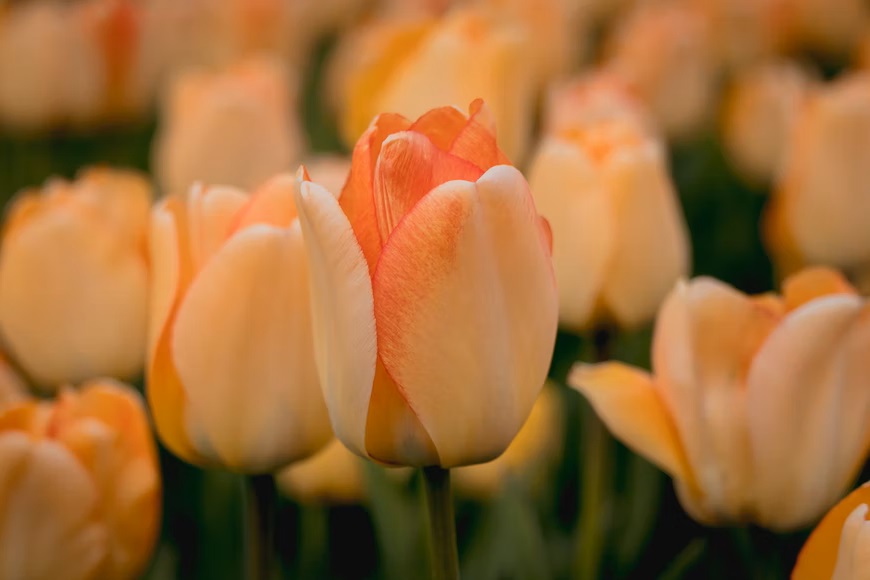
2. Organic Insecticide Spray
You can also spray some homemade insecticides such as garlic spray or neem oil on your plants. These natural ingredients are sure to kill any pests that are hiding anywhere in your lovely plants.

